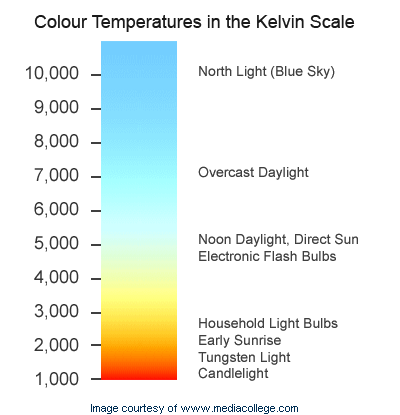One of the low hanging fruit in energy efficiency is replacing incandescent lights with fluorescent ones.
OK.
Then there is much news about how big LED lighting, outside of TV and LCD monitor back-lighting, will be:
So LED lighting is where it's at.
OK.
So which is it and why?
First some terms:
How lighting is measured:
- Photometry: The science of radiated energy as observed by the human eye. Metrics of photometry incorporate wavelength and sensitivity of the human eye at various wavelengths (luminosity function).
- vs Radiometry, which is the science of radiated energy without regard to human perception of the radiated energy.
- Luminous Intensity: measured in Candela (cd). Defined as:
- The luminous intensity, in a given direction, of a source that emits monochromatic radiation of frequency 540 × 1012 hertz (~550 nm) and that has a radiant intensity in that direction of 1⁄683 watt per steradian
- Luminous Flux: measured in Lumens (lm). The light produced by a light source that emits one candela of luminous intensity over a solid angle of one steradian. Light bulbs usually label the output of the bulb in Lumens somewhere on the package.
- Illuminance: measured in Lux (lx) or Foot Candles (fc). The total luminous flux incident on a surface, per unit area.
- For metric units: Lux = lm/m^2
- For English units: Foot Candles = lm/ft^2
- Efficacy: The amount of illuminance generated per watt of energy input.
- Color Temperature (CT) / Correlated Color Temperature (CCT): The "whiteness" of light generated from a source. Correlated to the color of light produced by a radiating black body of that temperature (K).
- Color Rendering Index (CRI): The ability of a light source to correctly reflect accurate colors in the environment. CRI = 100 is perfect reproduction. CRIs in the range of 75-100 are considered excellent, while 65-75 are good. The range of 55-65 is fair, and 0-55 is poor.
I plotted the source characteristics for some common light sources below to show how they relate to each other. "Good" translates to high, to the right(ish) and with a large sized bubble.

What does that mean?
- Incandescent and halogen bulbs are what most homes use today so they are the baseline against which all other lighting is most easily compared.
- It has good CRI, medium-low CT and very low efficacy.
- i.e. objects appear to be the "right" color when illuminated and the light itself is "warm (reddish)" but takes significant energy to produce very much of.
- Fluorescent lights are very common, particularly in commercial lighting and are the other light source which you've probably encountered frequently. There is large variation in the characteristics available depending on phosphors used but:
- Newer bulb types have reasonably good CRI, a wide range of CCTs (med - high) and high efficacy.
- i.e. objects appear to be nearly the right color, light can be anywhere from "warm" to "cool (white)" (depending on the bulb) and energy is efficiently converted to light (~5x incandescent).
- Metal Halide High Intensity Discharge (HID) are more common as outdoor lighting (and a variant - Xenon HID in car headlights).
- It has borderline good CRI, medium CT and high efficacy.
- i.e. objects appear to be the "almost right" color when illuminated, the light itself is "cool (white)" and energy is efficiently converted to light (~7x incandescent).
- Low Pressure Sodium lighting is the the yellow street lamp you've probably seen in the parking lot that made it impossible to figure out which car was yours because they all looked grey.
- It's very good at converting energy to light, but it's not light you want to look at... unless you are an astronomer and want to filter out the city of San Jose's light pollution from your observations...
- LED lighting is still fairly rare but is starting to show up in some more efficient building designs, vending machines and refrigerated display cases.
- Newer LED types have reasonably good CRI, a wide range of CCTs (med - high) and high efficacy.
- i.e. objects appear to be nearly the right color, light can be anywhere from "warm" to "cool (white)" (depending on the phosphor used) and energy is efficiently converted to light (~10x incandescent).
Conclusion: modern fluorescents are quite good from a light quality standpoint, modern LEDs are similar as are (some) HID lamps. LEDs are clearly more "efficient" but adoption is still low. From this basic data one would expect that HID penetration would be higher too. Why is it not?
I'll get into more characteristics of these light sources later to better understand why the lighting situation looks like it does today, but hopefully this post went a good way towards explaining why the forerunners are what they are.
At least this proposed light bulb label should now makes sense:


No comments:
Post a Comment